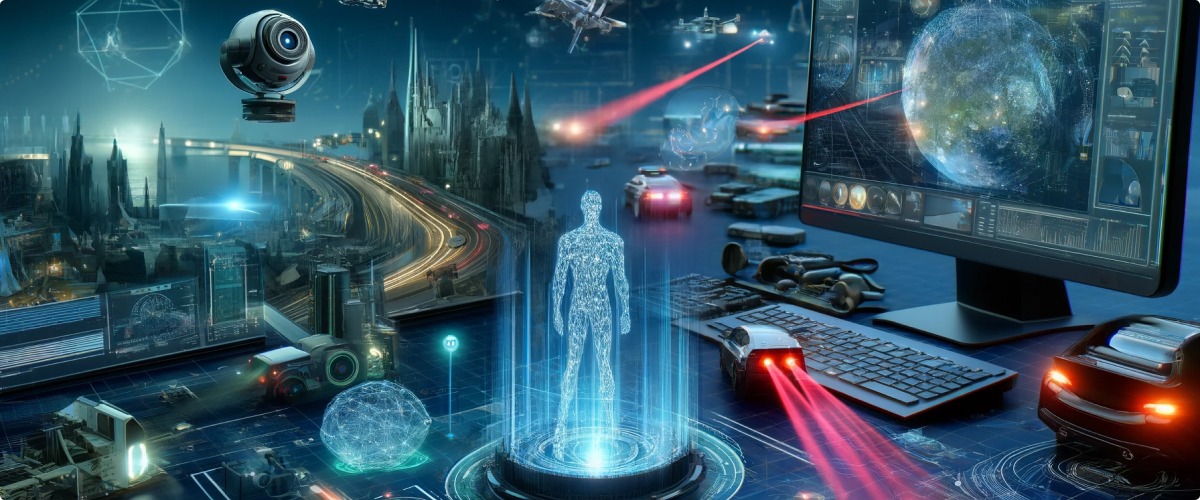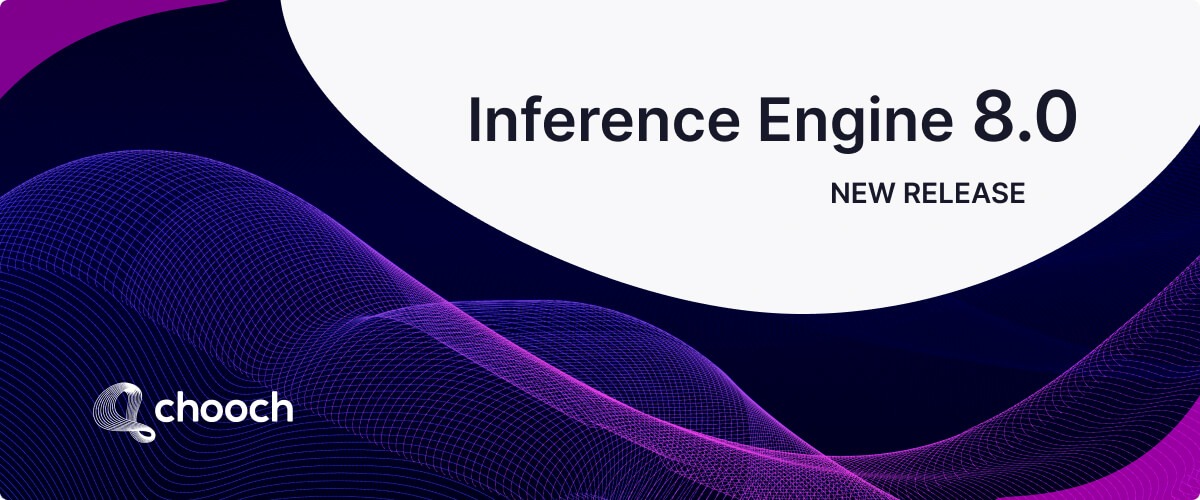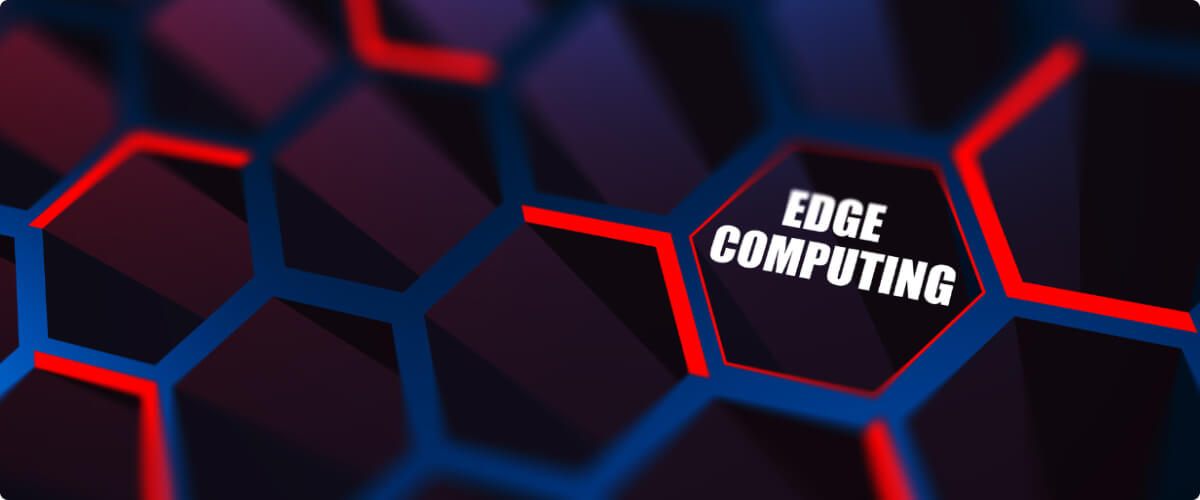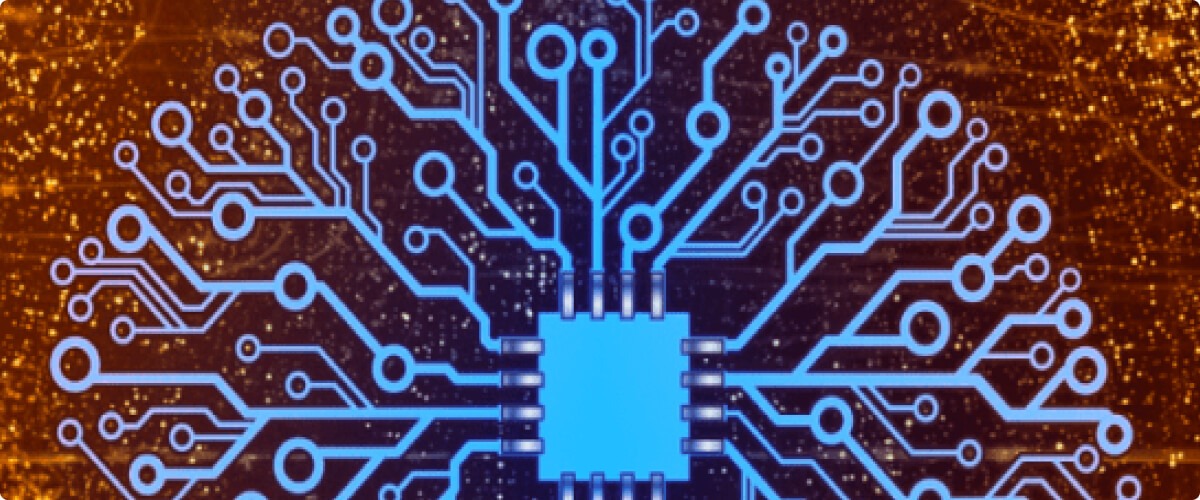For the first time in history, our society sits at the convergence of high-powered compute devices capable of running the world’s most advanced AI algorithms in disconnected or environmentally rugged environments. This paradigm shift in computing is referred to as Edge AI, and it’s unlocking a myriad of insights across industries such as manufacturing, retail, and telecom because it unlocks streams of data closest to the point of inception. Much like the cloud computing revolution of the last decade that paved the way to “big data” related problems and innovations, edge computing is becoming the gateway to intelligent processing for side-by-side collaboration with end users.
Understanding the types of edge AI
What is edge AI?
Edge AI refers to the use of artificial intelligence algorithms on devices located close to the source of data generation. This is a contrast to traditional AI, performed in a centralized location, such as cloud servers. By processing data locally, edge AI reduces the amount of data needed to be transferred for processing, making it faster and more efficient. In locations where internet bandwidth is limited – remote areas or mobile networks – there is a growing need for devices to be able to process data quickly and efficiently without relying on a cloud server.
What is drone AI?
Drone AI is the use of artificial intelligence algorithms to control unmanned aerial vehicles (UAVs) or drones. Drones are equipped with cameras and sensors that allow them to capture data about their surrounding environment, which is then processed by AI algorithms to make better informed decisions about the best course of action. The benefit of using drones is that data can be collected from areas that are difficult or dangerous for humans to access, for example, inspecting oil rigs, monitoring wildlife, and even delivering medical supplies to remote areas.
What is edge computer vision?
Edge computer vision refers to applying AI to video streams for real-time inference of operational and business intelligence pushed from core compute services to low-resource edge hardware. There are numerous computer vision techniques running at the edge, including image, action, and pattern recognition; object counting and classification; and facial recognition. In all cases, these computer vision techniques run embedded within a non-IT asset, such as a device endpoint (like a smart camera), a gateway device, or on a local edge server. As data is fed from devices into these models, they continue to learn and can adapt to changing conditions. By automatically analyzing vast amounts of data, computer vision algorithms can identify patterns and trends that might not be apparent to human analysts. In identifying these anomalies, most analytics are performed on the edge, and real-time alerts are generated to initiate further action.
Using edge AI for security
With security risks becoming more sophisticated and, in some cases, catastrophic, security measures today are evolving beyond simple alarms, guards, and surveillance cameras. Technology is advancing common security systems and edge devices to be more sophisticated, utilizing advanced sensors, facial recognition technology, and computer vision. Computer vision models run on edge devices are trained on the data collected to identify different types of security threats, including crowds, loitering, weapons, and vehicles. For example, video footage can be analyzed for a crime as it happens; however, you may not be able to identify the perpetrator if they’re wearing a mask or if they’re not facing the camera directly. Combining computer vision models and facial recognition, multiple data points can be analyzed, such as the shape of a person’s face, the distance between their eyes, and the contours of their features, to identify individuals with a high degree of accuracy. This can all be done real-time with the advancements with running these models at the edge.
Technology that’s advancing the adoption of edge AI
Enterprises adopting edge AI paradigms have introduced a new set of technological needs that third party vendors or in-house operations must develop to stay at the forefront of edge intelligence. IT leaders will find themselves in an uphill battle of uncategorized data, which results in poorly performing AI models, data drift, and power and compute capacity constraints without considering the technologies below:
- Model compression
Model compression enables larger, complex algorithms to be deployed in smaller, resource-constrained devices through several different methods such as pruning (weights and filters), quantization, knowledge distillation, and low-rank factorization techniques. - Federated learning as a decentralized environment
Decentralized deep learning methodologies, such as federated learning, enhance privacy and data security by leveraging data processing across client’s local networks without exposing training data. This means the data stays on the device and can be encrypted and secured more easily. - Internet of Things (IoT) and blockchain technologies
Networks of connected devices generate unstructured data in vast quantities. This is driving the demand for smart, contract-enabled protocols to protect privacy and authenticity of source data inputs to edge AI algorithms. - AI chips and neuromorphic devices being integrated into edge hardware
Smaller, more focused AI processors are being installed in CCTV cameras to perform a handful of common AI functions such as people counting, path flow analysis, loitering, and PPE detection; the breadth of these detections increases as more pre-trained AI models and services are offered by third parties.
Enabling AI everywhere
Organizational demand for actionable insights to improve business operations is driving the adoption of using edge AI. Real-time data processing, data security, and reduced latency delivers new value from proximal data. Cameras, drones, phones, and more are becoming compute environments for providing the data and analysis businesses need to grow.
Thankfully, companies like Chooch, excel in edge AI deployments so customers can bring their own models or create new ones in a single platform and deploy to the latest edge devices out-of-the-box. See why Chooch was recognized as an innovator in edge AI. Download the Gartner HypeCycle™ for Artificial Intelligence to discover AI technologies to drive every stage of your AI strategy. Let’s get in touch for a demo.









